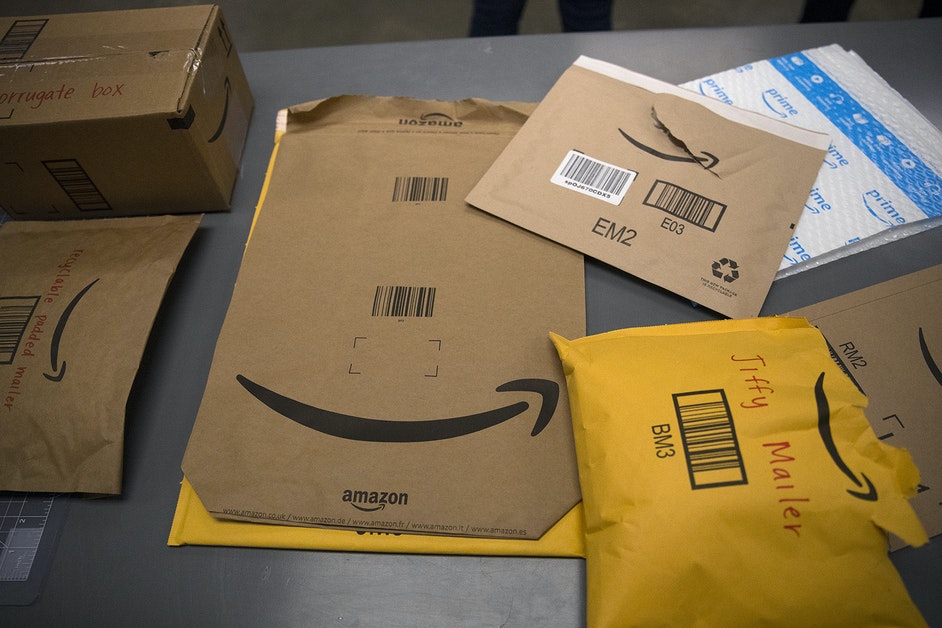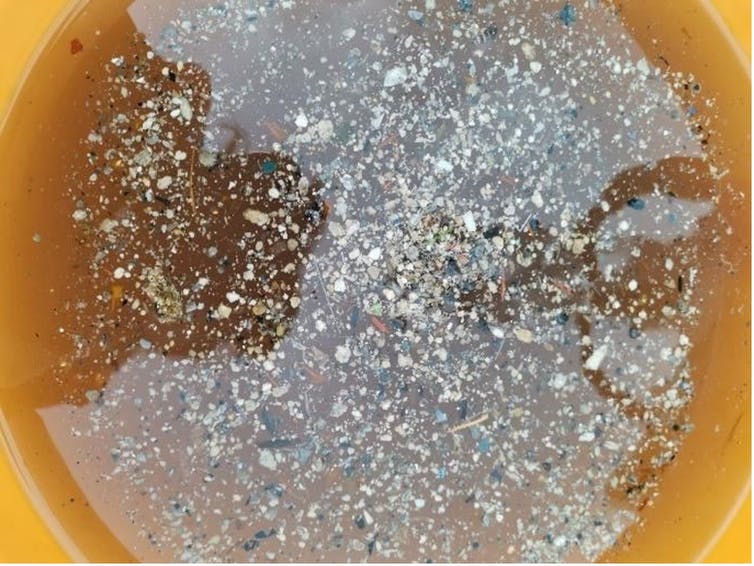Microplastics in sewage: a toxic combination that is poisoning our landGeorge MonbiotPolicy failure and lack of enforcement have left Britain’s waterways and farmland vulnerable to ‘forever chemicals’ We have recently woken up to a disgusting issue. Rather than investing properly in new sewage treatment works, water companies in the UK – since they were privatised in 1989 – have handed £72 bn in dividends to their shareholders. Our sewerage system is antiquated and undersized, and routinely bypassed altogether, as companies allow raw human excrement to pour directly into our rivers. They have reduced some of them to stinking, almost lifeless drains.This is what you get from years of policy failure and the near-collapse of monitoring and enforcement by successive governments. Untreated sewage not only loads our rivers with excessive nutrients, but it’s also the major source of the microplastics that now pollute them. It contains a wide range of other toxins, including PFASs: the “forever chemicals” that were the subject of the movie Dark Waters. This may explain the recent apparent decline in otter populations: after recovering from the organochlorine pesticides used in the 20th century, they are now being hit by new pollutants.Microplastics found deep in lungs of living people for first timeRead moreBut here’s a question scarcely anyone is asking: what happens when our sewerage system works as intended? What happens when the filth is filtered out and the water flowing out of sewage treatment plants is no longer hazardous to life? I stumbled across the answer while researching my book, Regenesis, and I’m still reeling from it. When the system works as it is meant to, it is likely to be just as harmful as it is when bypassed by unscrupulous water companies. It’s an astonishing and shocking story, but it has hardly been touched by the media.We are often told that the microplastics entering the sewage system, which come from tyre crumb washing off the roads, the synthetic clothes we wear and many other sources, are a wicked problem, almost impossible to solve. But a modern, well-run sewage treatment works removes 99% of these fibres from wastewater. So far, so good. But – and at this point you may wish to decide whether to laugh or cry – having screened them out of the water supply, the treatment companies then release them back into the wild. In the UK, of the sewage sludge screened out by treatment works, 87% is sent to farms. The microplastics so carefully removed from wastewater by the treatment process are then spread across the land in the sewage sludge the water companies sell to farmers as fertiliser.Then what happens to them? Some – perhaps most – wash off the soil and into the rivers: in other words, whether sewage is screened or not, the microplastics it contains end up in the same place. Others accumulate in the soil.It’s hard to decide which is worse. Experiments show how microplastics cascade through soil food webs, poisoning some of the animals that inhabit it. When they decompose into nanoparticles, they can be absorbed by soil fungi and accumulated by plants. We currently have no idea what the consequences of eating these contaminated crops might be.The testing of sewage sludge has not been updated since 1989, so there is no checking for plastic particles or most other synthetic chemicals. A study commissioned but then kept secret by the government found that the sewage sludge being spread on our farmland contains a remarkable cocktail of dangerous substances, including PFASs, benzo(a)pyrene (a group 1 carcinogen), dioxins, furans, PCBs and PAHs, all of which are persistent and potentially cumulative.Where did they come from? Because our waste streams are not separated and poorly regulated, anywhere and everywhere. The major source of PFASs in sewage is probably the building trade. “Forever chemicals” are found in paints, sealants and coatings, caulks, adhesives and roofing materials. Evidence sent to me by an industry insider suggests that regulators the world over turn a blind eye to liquid waste disposal on construction sites. Tools are washed and surfaces sprayed with water that’s then poured down the drain. Without regulation, contractors have no incentive to use technologies that ensure liquid waste is contained. Why go to this expense if your competitors don’t have to?Raw sewage ‘pumped into English bathing waters 25,000 times in 2021’Read moreCould this story get any worse? Oh yes. Microplastics are sometimes spread deliberately on the soil by farmers, to make it more friable. Across Europe, thousands of tonnes of plastic are also added to fertilisers, to prevent them from caking; or to delay the release of the nutrients they contain. Fertiliser pellets are coated with plastic films – polyurethane, polystyrene, PVC, polyacrylamide and other synthetic polymers– some of which are known to be toxic and all of which disintegrate into microplastics. It is almost unbelievable that the deliberate contamination of agricultural soils with persistent and cumulative pollutants is both widespread and legal.This practice, as well as the spreading of contaminated sewage sludge, urgently needs to be stopped, before large tracts of farmland become unusable, and the damage to ecosystems, from soil to sea, irreversible. It’s tragic that the nutrients in sewage sludge can’t safely be used, but it seems to me that there’s no immediate solution, in our dysfunctional system, but to incinerate it. Only when toxic, accumulating chemicals are banned, waste streams separated and proper tests conducted will sewage be safe to spread.Right now we are poisoning the land and, in all likelihood, poisoning ourselves. It could turn out to be one of the most deadly issues of all. And hardly anyone knows.
George Monbiot will discuss his book Regenesis at a Guardian Live event on Monday 30 May. Book tickets in-person or online here
George Monbiot is a Guardian columnist
TopicsEnvironmentOpinionWaterPollutionWasteAgriculturecommentReuse this content





